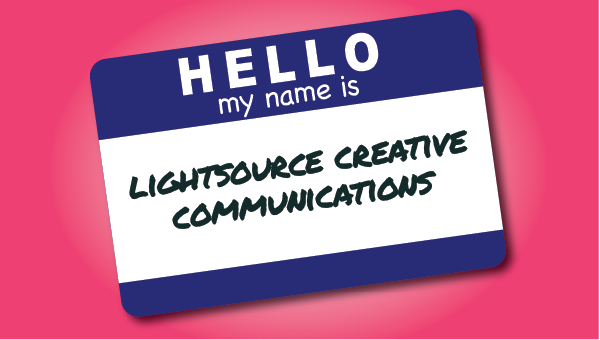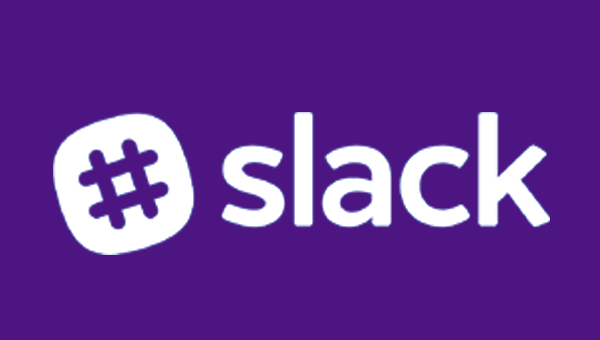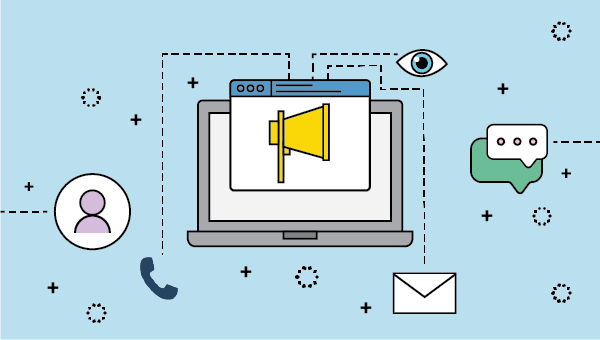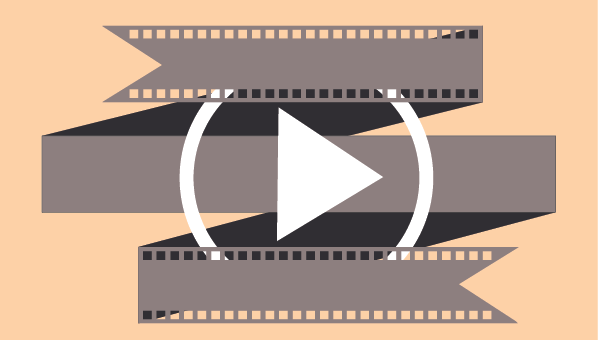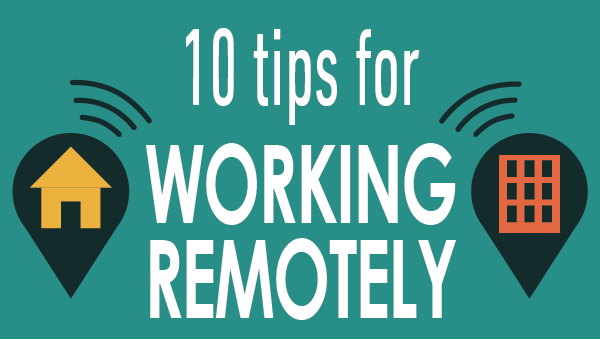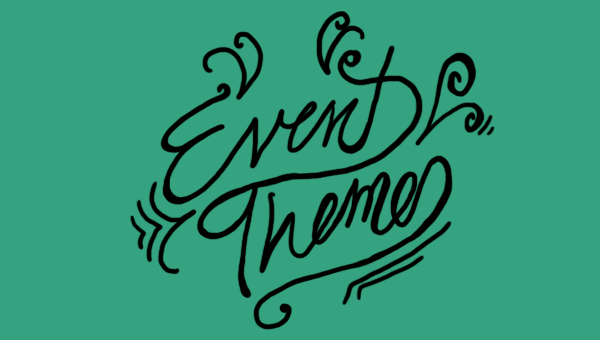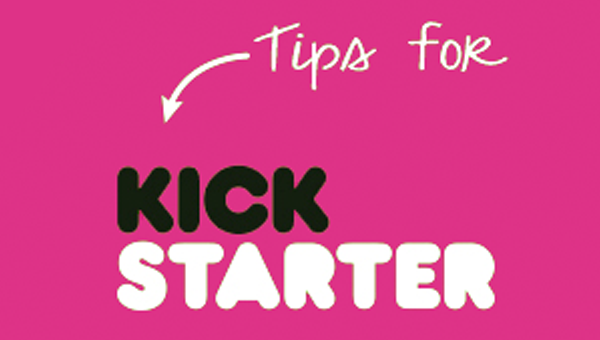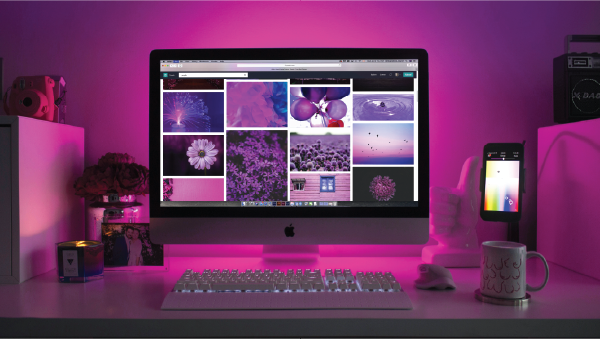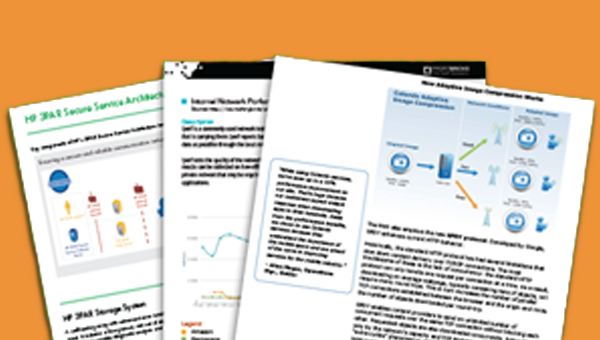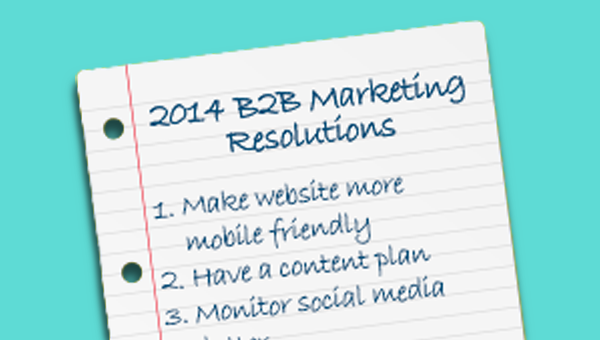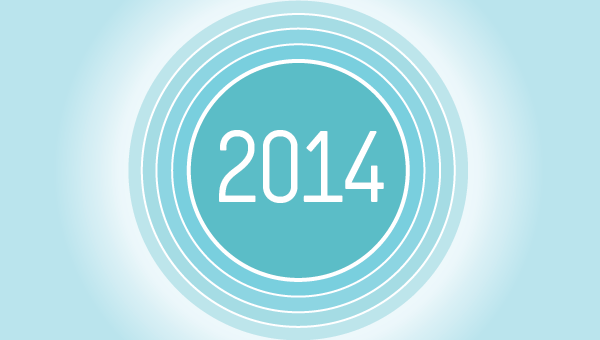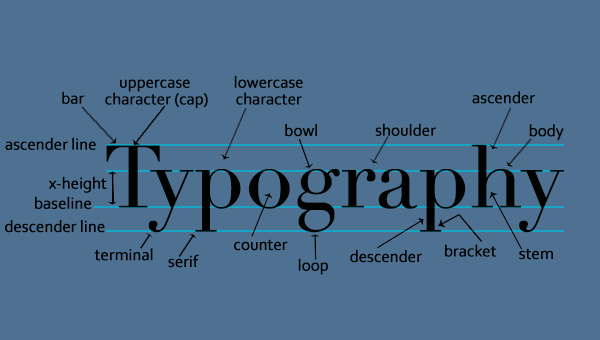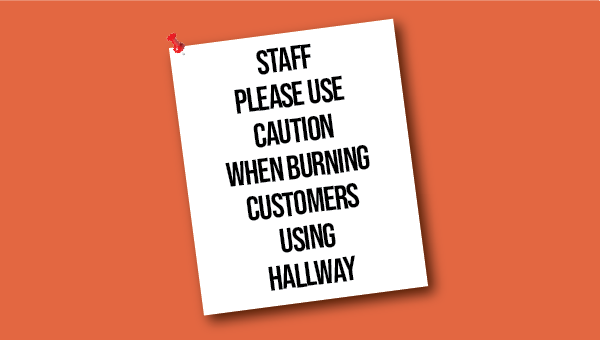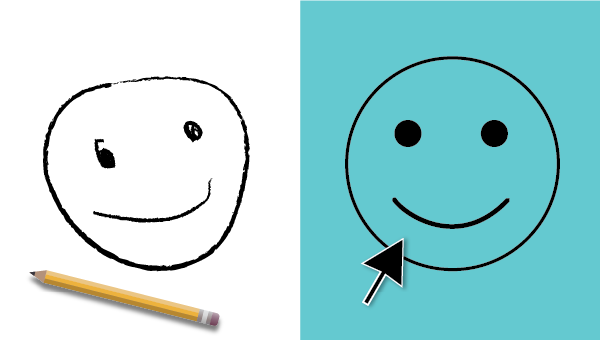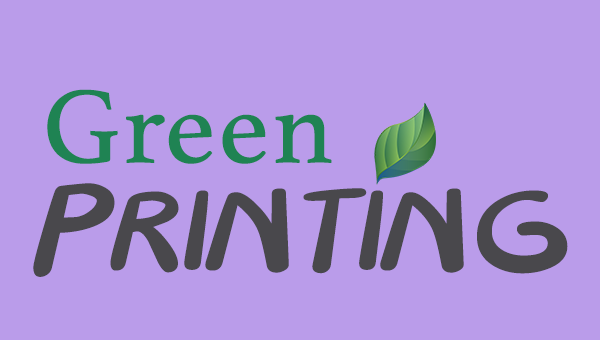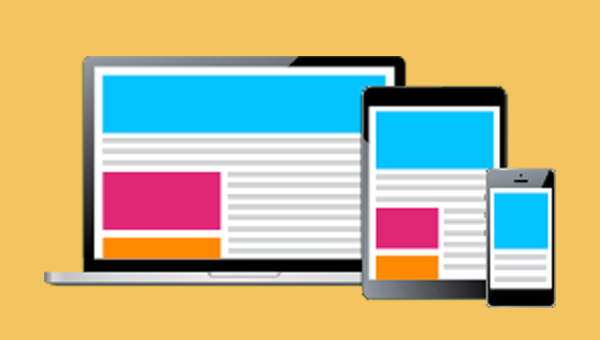Meet the World Cup Partners that Make the Biggest Game in the World Possible
If you’re like us, you were swept away by the excitement, competition, and team spirit of the FIFA World Cup. You made predictions and friendly wagers with your friends before each match and cheered for every amazing moment. As the largest sporting event in the world with almost half of the world’s population watching, it’s no surprise that companies spend millions of dollars to sponsor the event.
When you think about the World Cup, the first thing that comes to mind probably isn’t which companies you will see splattered across the field and TV screen when you turn on a match. However, there’s no denying the sponsors have a major impact on the World Cup. The marketing rights revenue brought in $1.65 billion for FIFA during the 2015-2018 cycle, and companies aren’t afraid to spend millions to become a top-tier sponsor.
The FIFA World Cup had seven FIFA Partners in 2018, with the FIFA Partners program being the highest level of sponsorship. These Partners have the right to the use of Official Marks, exposure in the stadium, direct advertising opportunities, and more.
Let’s take a look at the top sponsors that made the largest sporting event in the world possible.

Adidas
We can’t have a football (as it’s known to everyone in the world except Americans) match without a ball, right? Let’s start by looking at the company that provides the official ball of the World Cup. A long-term partner of the World Cup, Adidas has supported this event since 1970. Every four years, Adidas has many designers and experts producing the best possible version of the official World Cup ball. You can also see many teams sporting uniforms and other equipment made by Adidas.

Coca-Cola
Coca-Cola is no stranger to the World Cup, as it is one of the longest-standing partners of FIFA. Coca-Cola has been advertising in stadiums since 1950 and became an official sponsor of the FIFA World Cup in 1978. The company has extended their partnership to 2030.

Wanda Group
Wanda Group, the world’s largest real estate enterprise, isn’t only a sponsor to the World Cup; it has also played a huge role in the development of the game in China. The Wanda Group sponsors the game, and has a hand in implementing programs for the youth, such as bringing children to see the World Cup live, as well as a flag bearers program, where a few lucky children have the opportunity to carry the FIFA flag across the field at the beginning of a match. We’ll likely continue to see more of Wanda Group in the future, as they will continue to partner with the FIFA World Cup until 2030.
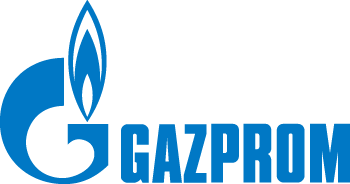
Gazprom
Gazprom, a global energy company based in Russia, has a long-standing record of sponsoring and working with the sport, so partnering with FIFA in 2013 was a natural progression in their involvement. Gazprom supports football both on and off the World Cup fields. Outside of partnering with FIFA, Gazprom also created a social project with the sport. They host an annual international forum for their Football for Friendship program, a campaign aimed at bringing many different countries and cultures together to foster tolerance and promote friendship.

Hyundai/Kia Motors
Without proper ground transportation, there would be no teams or fans in Russia for the game. One of the newer partners, signing as a sponsor with FIFA in 1999, Hyundai-Kia has since extended its involvement until 2022. Hyundai started by supporting the 2002 World Cup, followed by the 2006 World Cup in Germany, and in 2010, they became a long-term partner. Hyundai is the vehicle supplier for the World Cup. Over 900 vehicles are provided for official use between Hyundai Motor Group and Kia Motors, along with the national team busses.

Qatar Airways
Qatar Airways holds one of the newest partnerships with FIFA. In preparation for the 2022 World Cup that was held in Qatar, Qatar Airways announced their partnership with FIFA in 2017. As with ground transportation, teams and fans also couldn’t get to the event without proper air transportation. This award-winning airline is the Official Airline of FIFA.
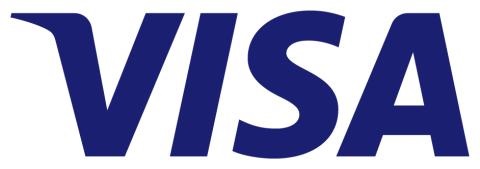
Visa
Also a new partner, Visa has partnered with FIFA since 2007. Visa has the exclusive rights to financial services. Because so much money is exchanged during the World Cup, it makes sense that FIFA would team up with Visa. At the 2014 World Cup, Visa credit, debit, and prepaid cards were the only form of payment other than cash accepted.
While the World Cup Partner program is the highest level of sponsorship, there are also two more levels: FIFA World Cup Sponsors and National Supporters. The World Cup Sponsors include Budweiser, Hisense, McDonalds, Mengniu, and Vivo Communication Technology Co.
You may be surprised by how much the sponsors impact the game. Not only do they bring in money, but they also supply the official ball, ground transportation, and air travel, all of which make the World Cup possible. The next time you watch a match, pay extra attention to the different sponsors you see and consider how different the game would be without them.

